Understanding Autism: debunking common misconceptions about this developmental disorder
April was Autism Awareness Month, the symbol for which is shown above.
May 5, 2014
What has many faces can affect anyone no matter their race, gender, or social standing?
The answer is Autism. About one in every 68 people today has this developmental disorder. To give that perspective, that’s almost five million people in the U.S. alone. However, there are still many misconceptions about the issue.
“In my class I think the biggest misconception that I have to address and discuss is students thinking that all Autistic students are non-verbal and are so socially awkward that they can never hold down a job and/or friendships,” said Ms. Theresa Dixon, who teaches the Special Children, Special Adults class here at CHS.
However, often this is not true.
“I constantly tell my students…if you have met one student with Autism then you have met one person with Autism,” said Dixon, emphasizing that “Autism” encompassing a broad spectrum of disorders.
CHS senior Jude Nickel has Asperger’s Syndrome, one of the disorders on this spectrum.
“There’s a lot of misconception that [Autism] is similar to mental retardation, but it’s not,” she said. “There needs to be better understanding of it.”
Nickel also mentioned that those not on the Autism spectrum often misinterpret the actions of those who are.
“It’s often viewed as not having empathy because [those with Autism] don’t know how to express things well in social situations,” she said. “But there’s a difference between lack of empathy versus overstimulation of emotion.”
According to Dixon, Autism is “a developmental brain disorder that typically appears during the first three years of life – it affects brain areas controlling language, social interaction and abstract thought.”
“ In other words, Autism is a disorder of neural development characterized by impaired social interaction and communication, and typically characterized by repetitive behavior.”
Nickel emphasized that although Autism is often seen as an illness, “it’s not a disease—it’s a developmental disorder.”
Junior Jill Morton also has some experience with Autism Spectrum Disorder. Though she is not on the Autism spectrum, she has several friends and family members who are. One of her relatives, who is seven years old and mildly Autistic, taught himself to read at age four—with no help from his parents.
“You wouldn’t know he [was on the spectrum],” Morton said. “I didn’t know until my parents told me.”
However, as Dixon said, “Every single person diagnosed with a Spectrum Disorder is an individual with their own unique nature and behaviors.”
Morton also remembered a former neighbor on the spectrum.
“Her autism was more severe,” Morton said. “She was really big with numbers, though—if you mentioned a date she would remember it. She remembered everyone’s birthdays…”
“Social interaction was difficult [for her] though. She had a hard time speaking.”
Both Nickel and Dixon said that having some difficulty in social situations was one of the common challenges faced by Autistic individuals.
“I know through my research and teaching students with this diagnosis that understanding social norms and how to form friendships is a constant and very real struggle for students on the spectrum,” said Dixon.
However, as Dixon also said, “Every single person diagnosed with a Spectrum Disorder is an individual with their own unique nature and behaviors.”
Morton summed up her experiences by saying of those affected by Autism: “In the end, they’re just like anybody else.”


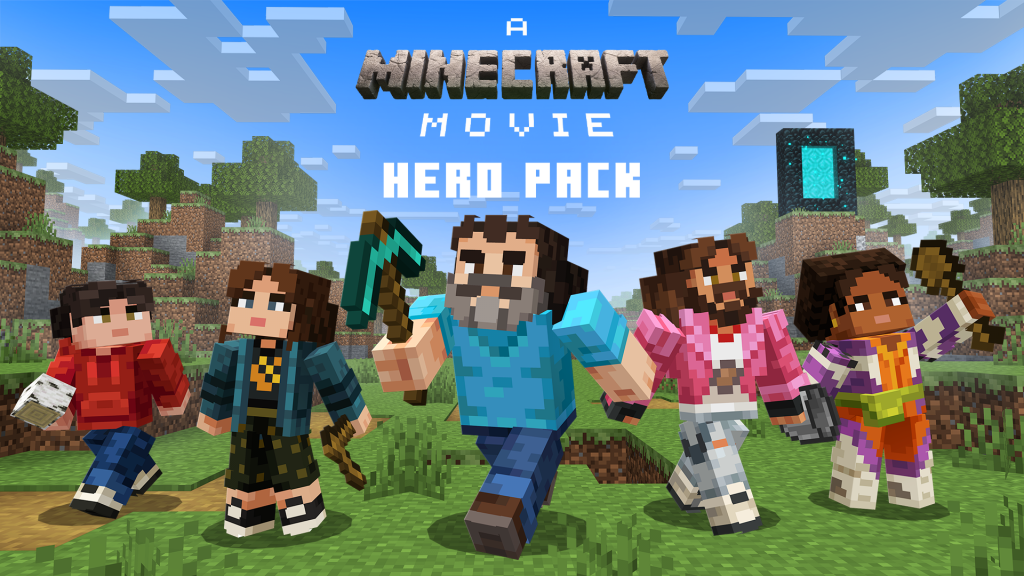
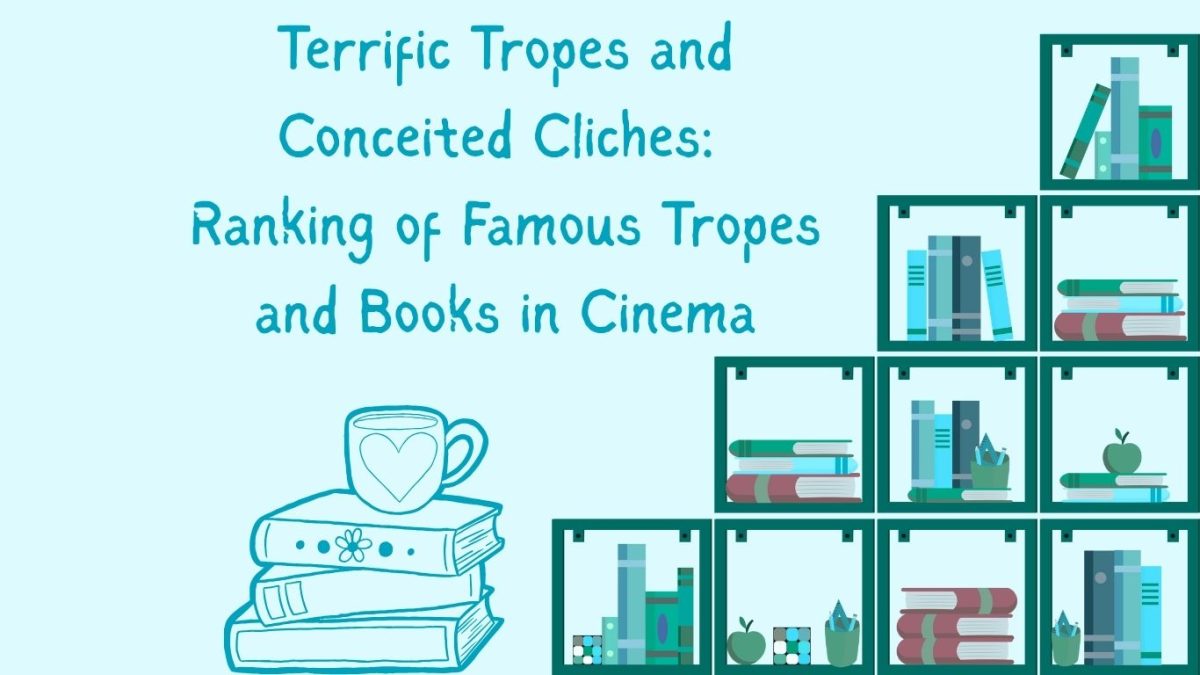


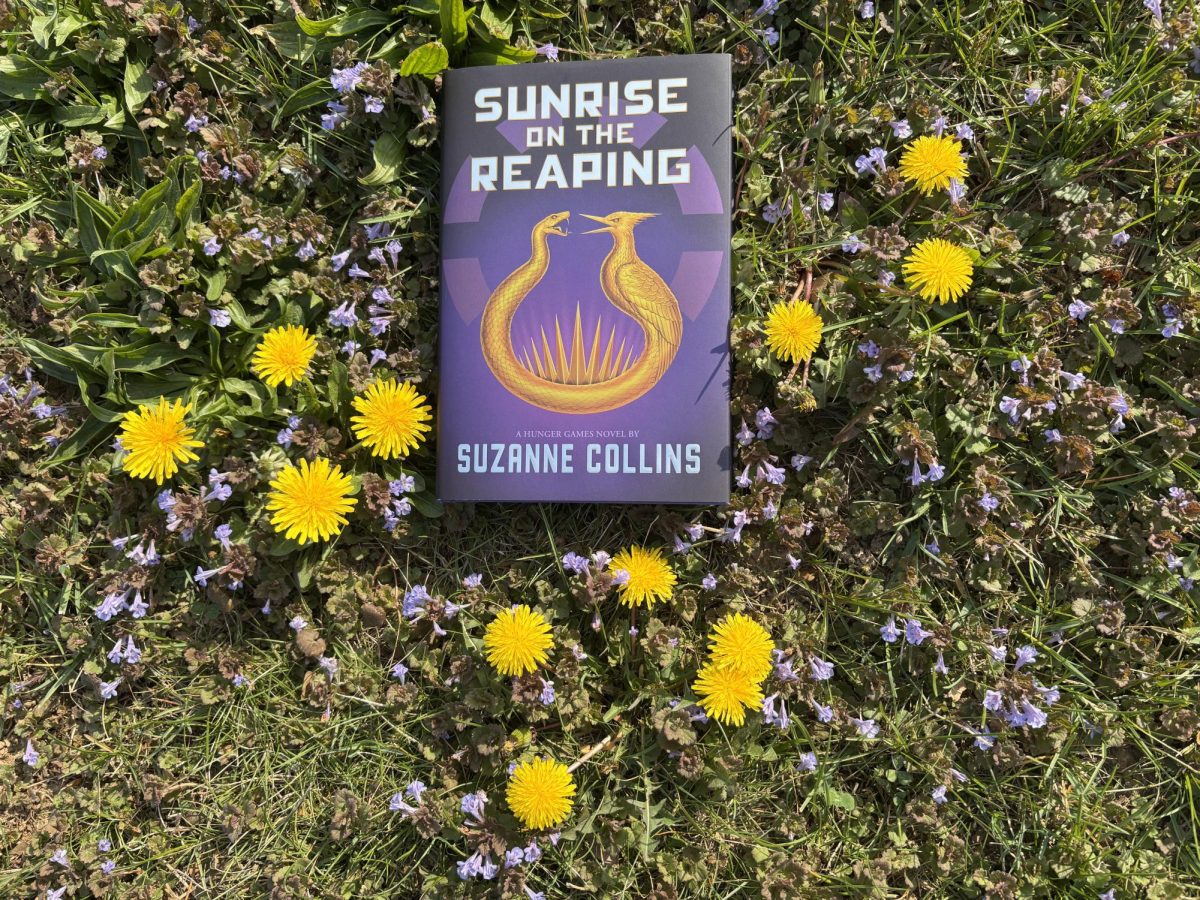



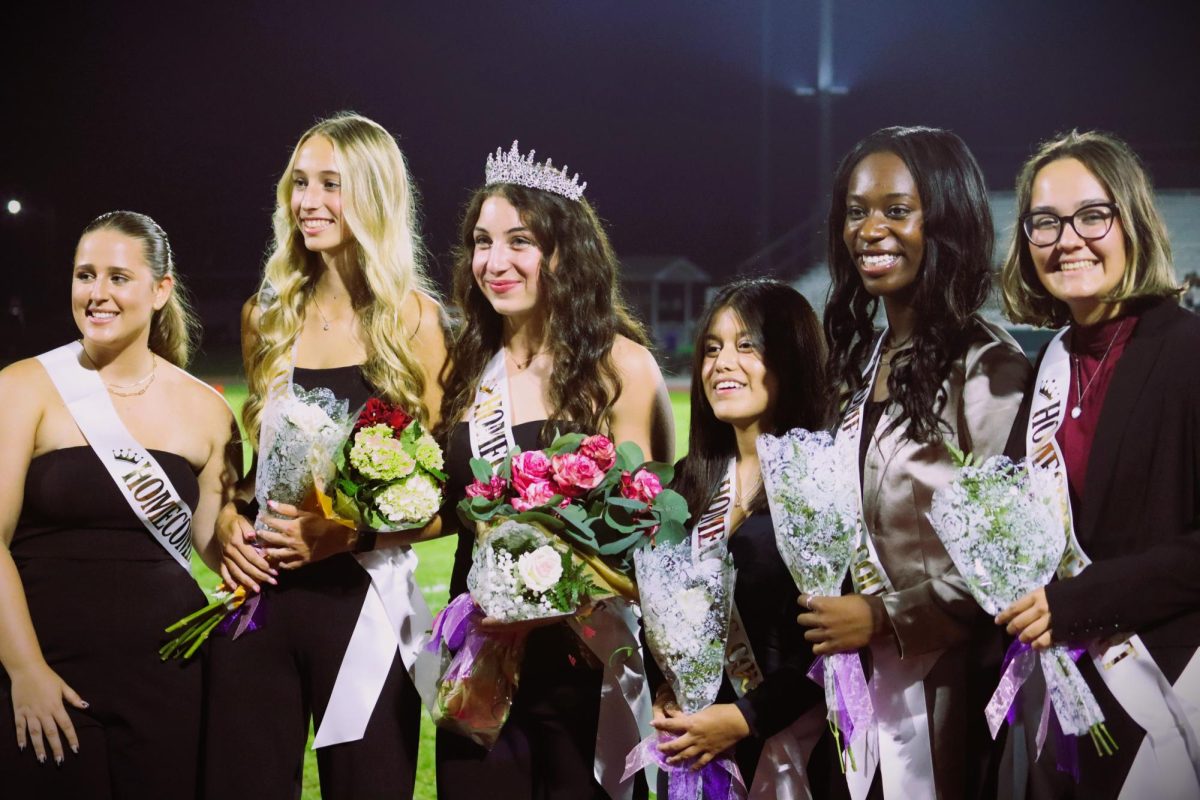

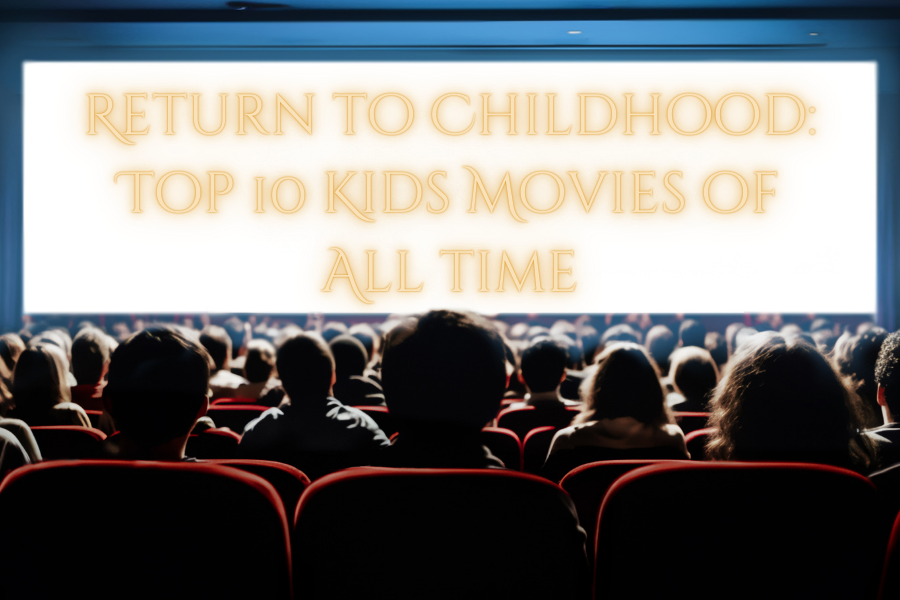

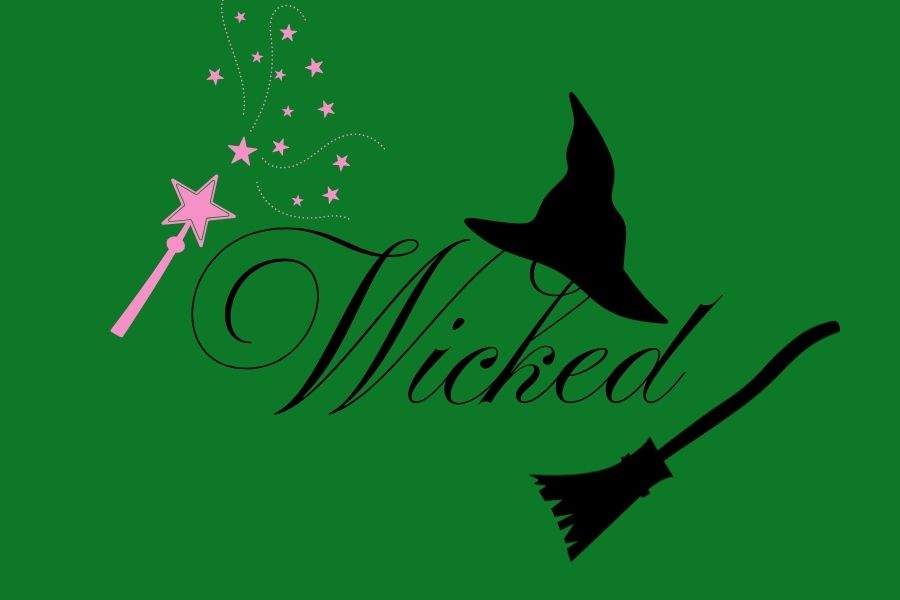

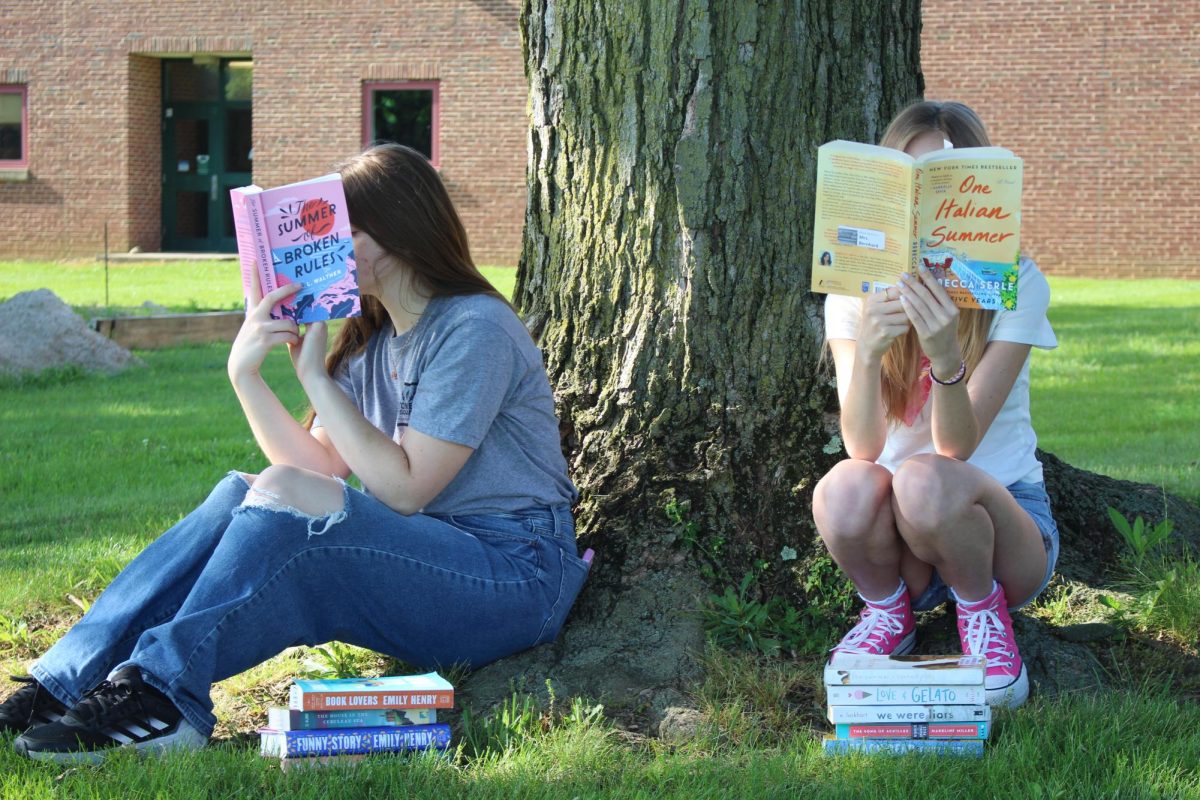



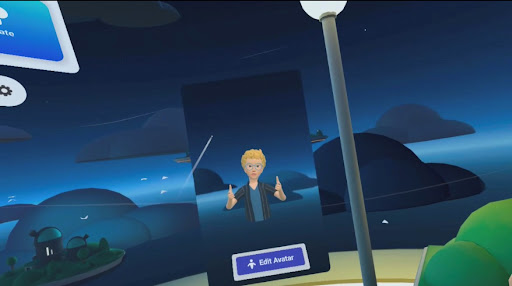


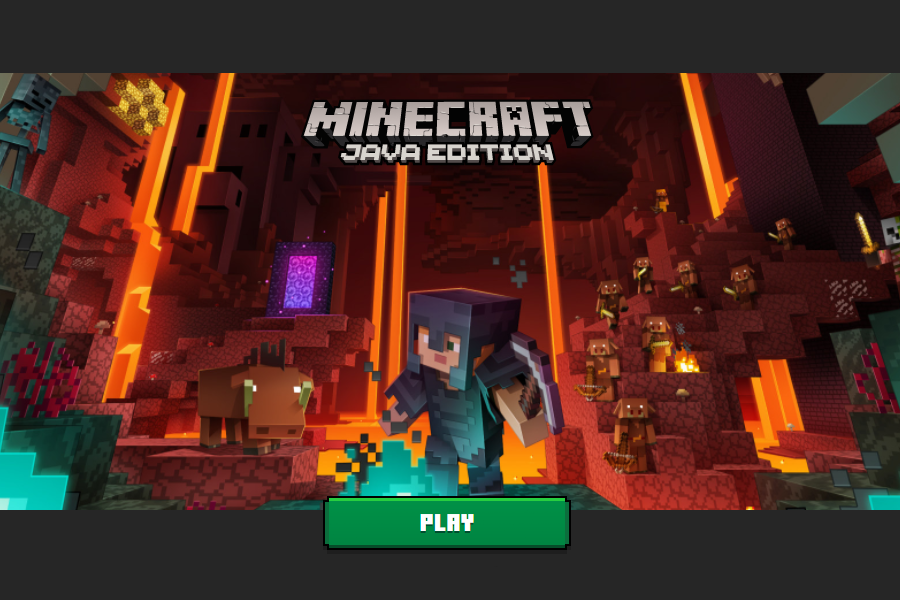
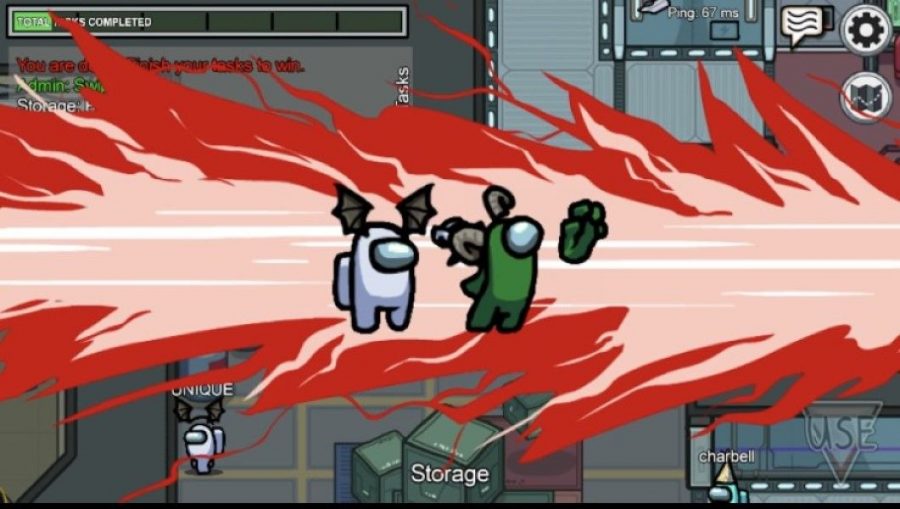

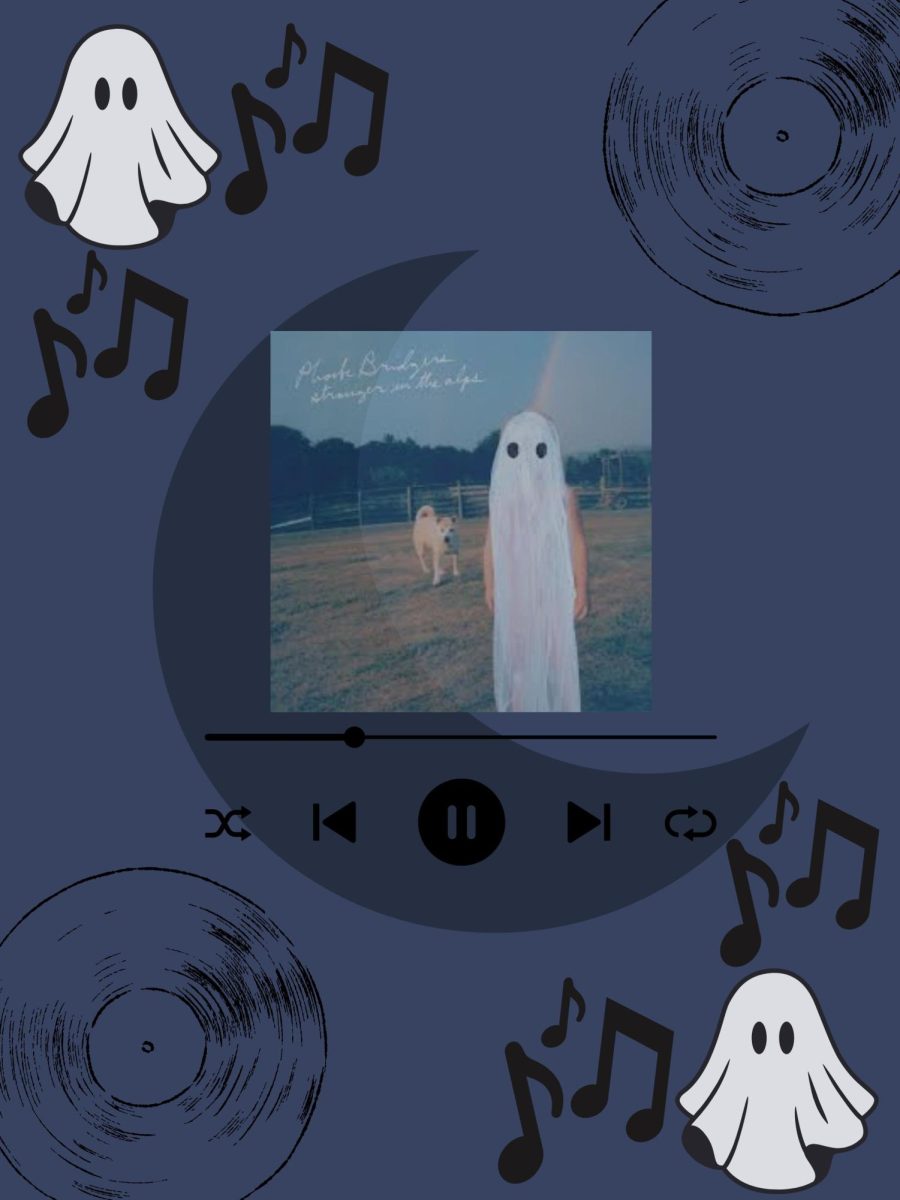
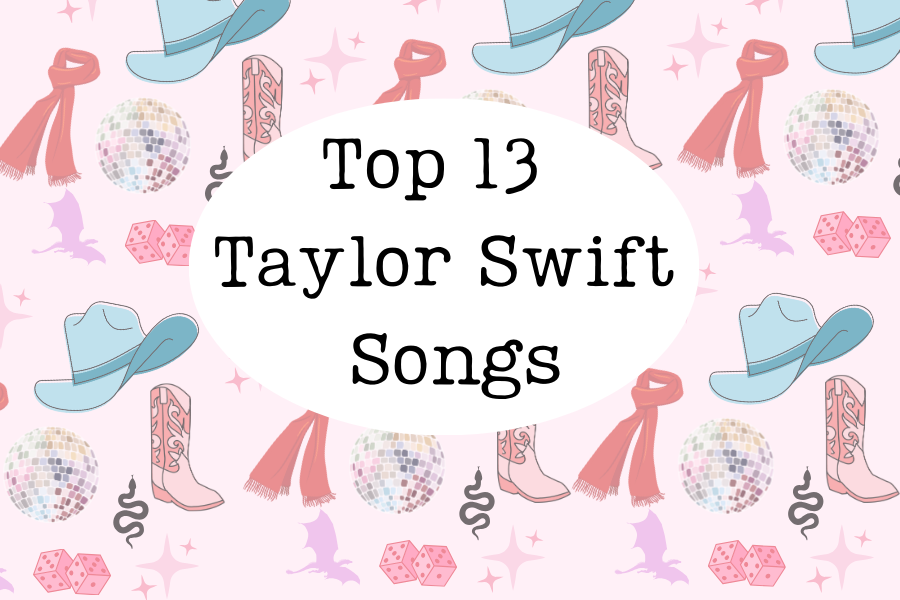







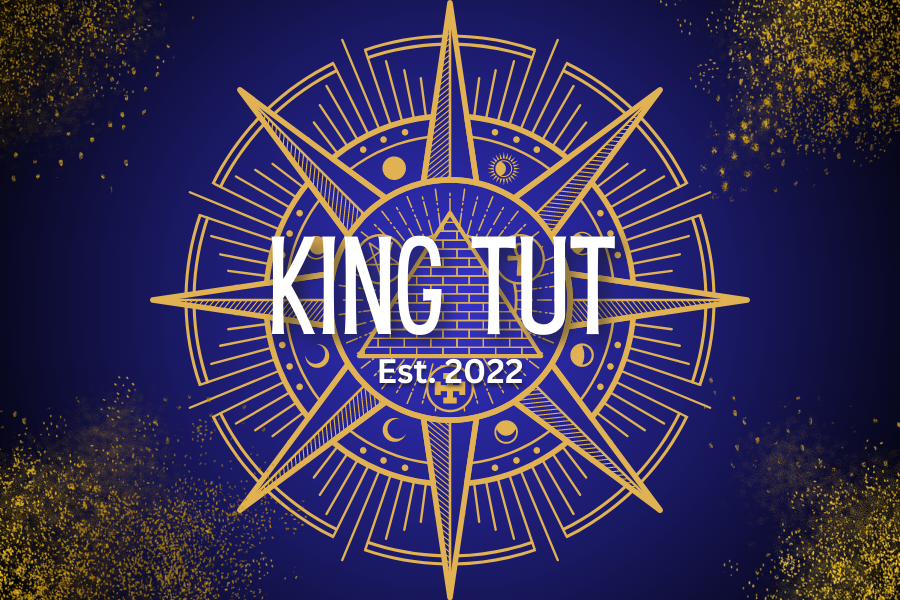


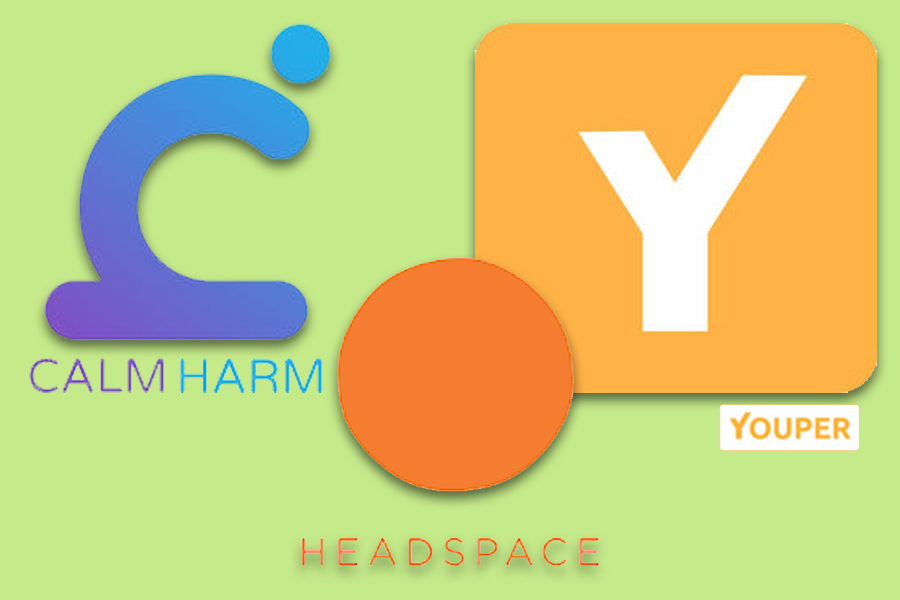
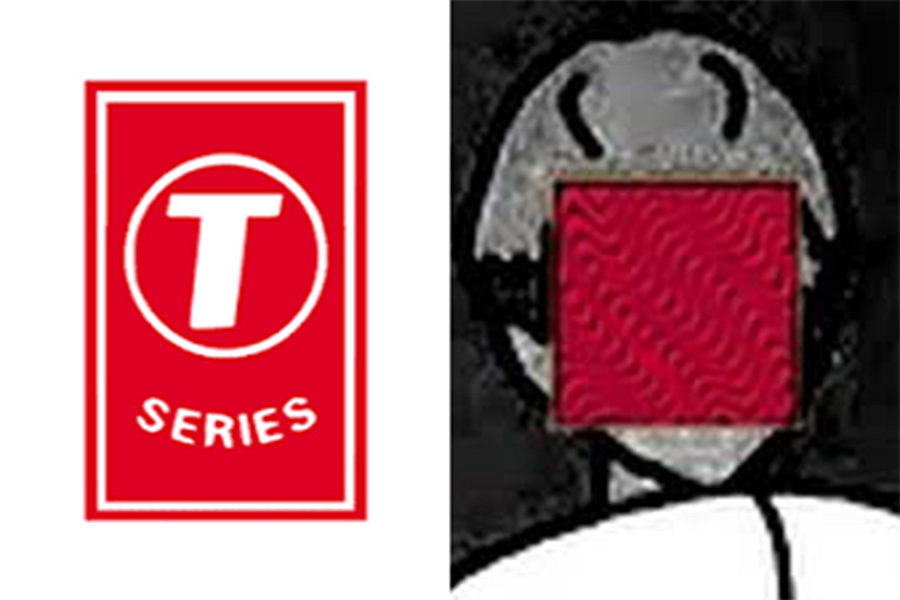
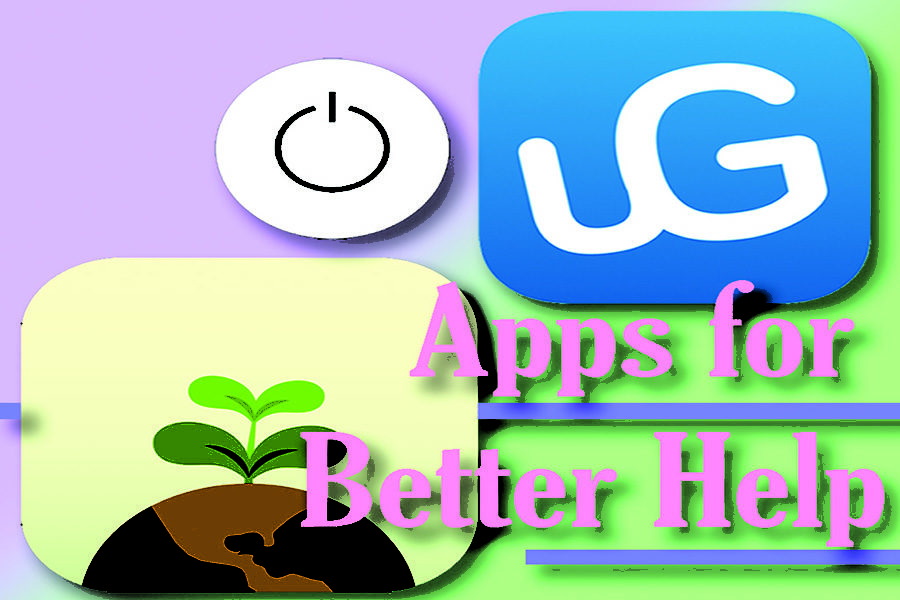

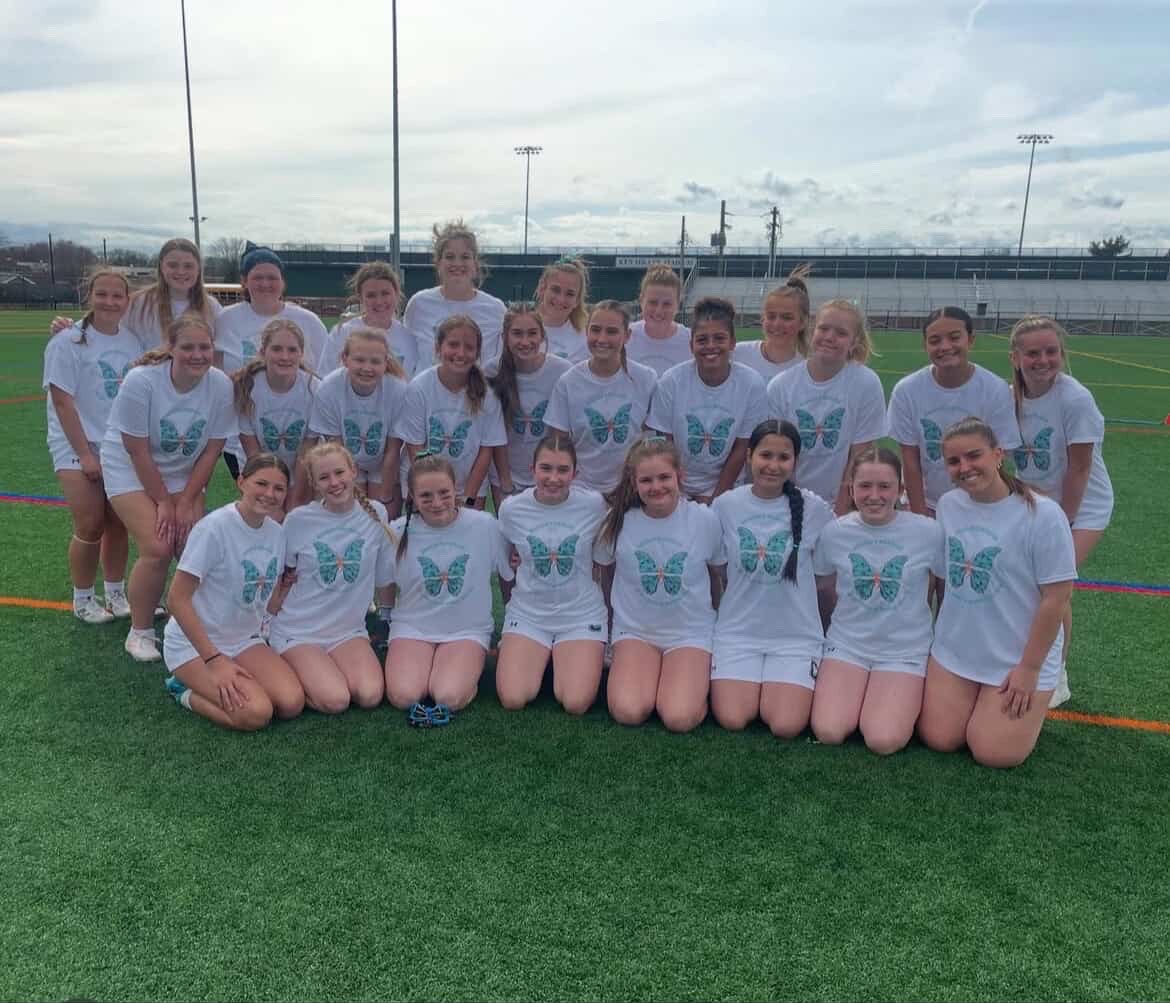

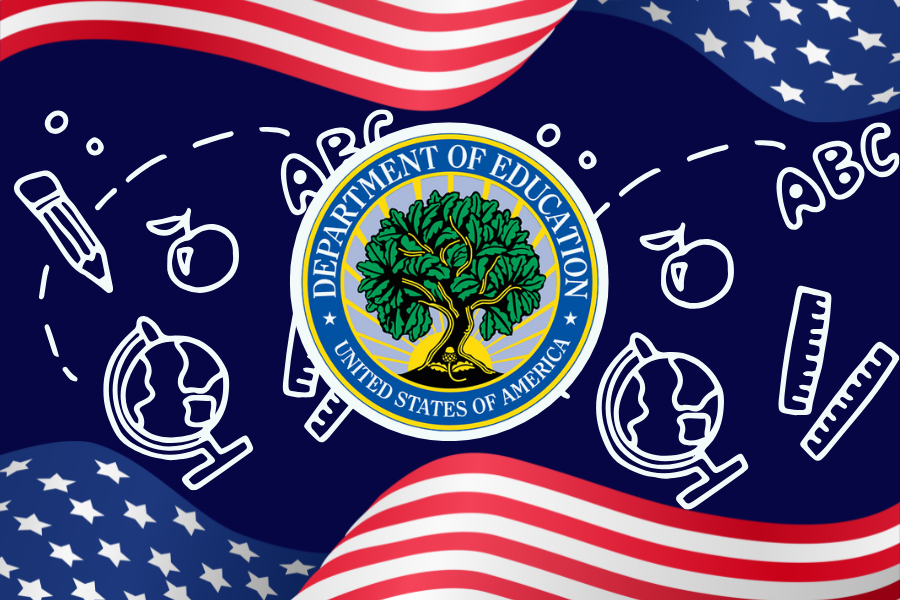







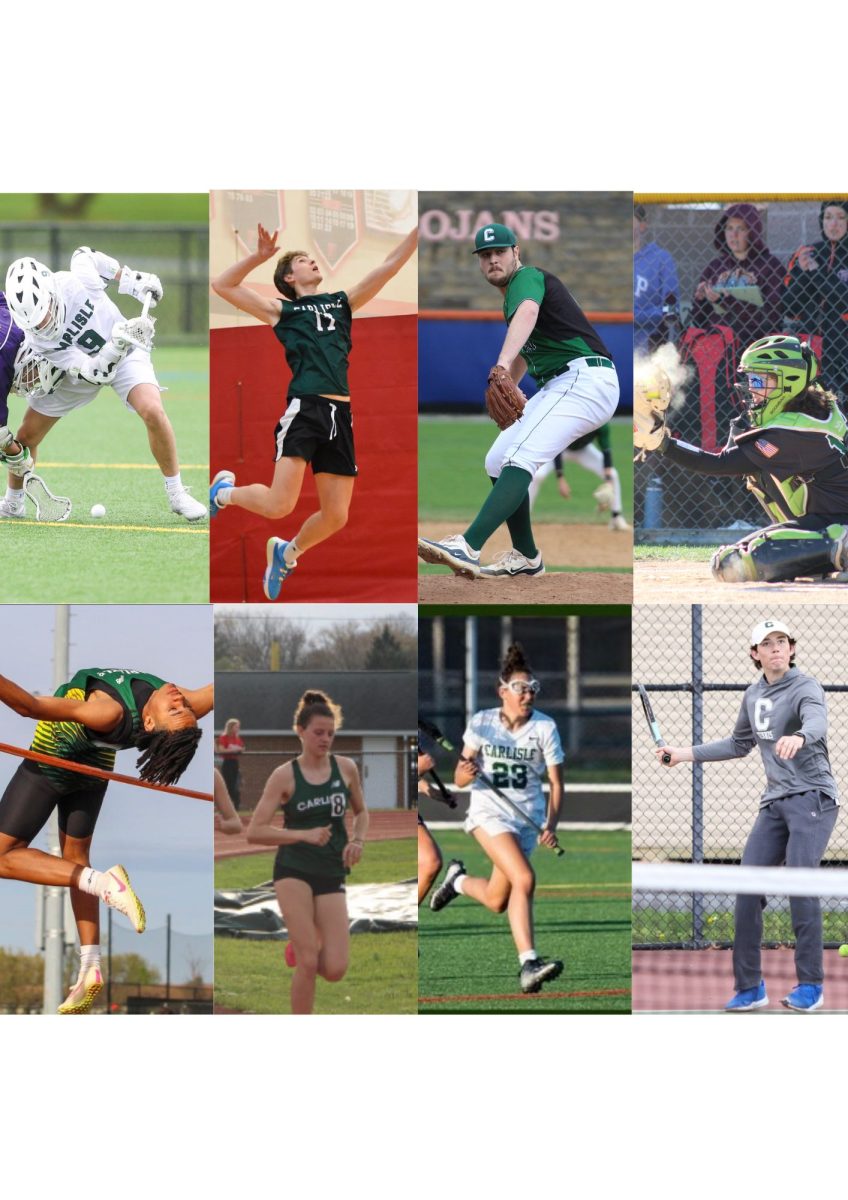

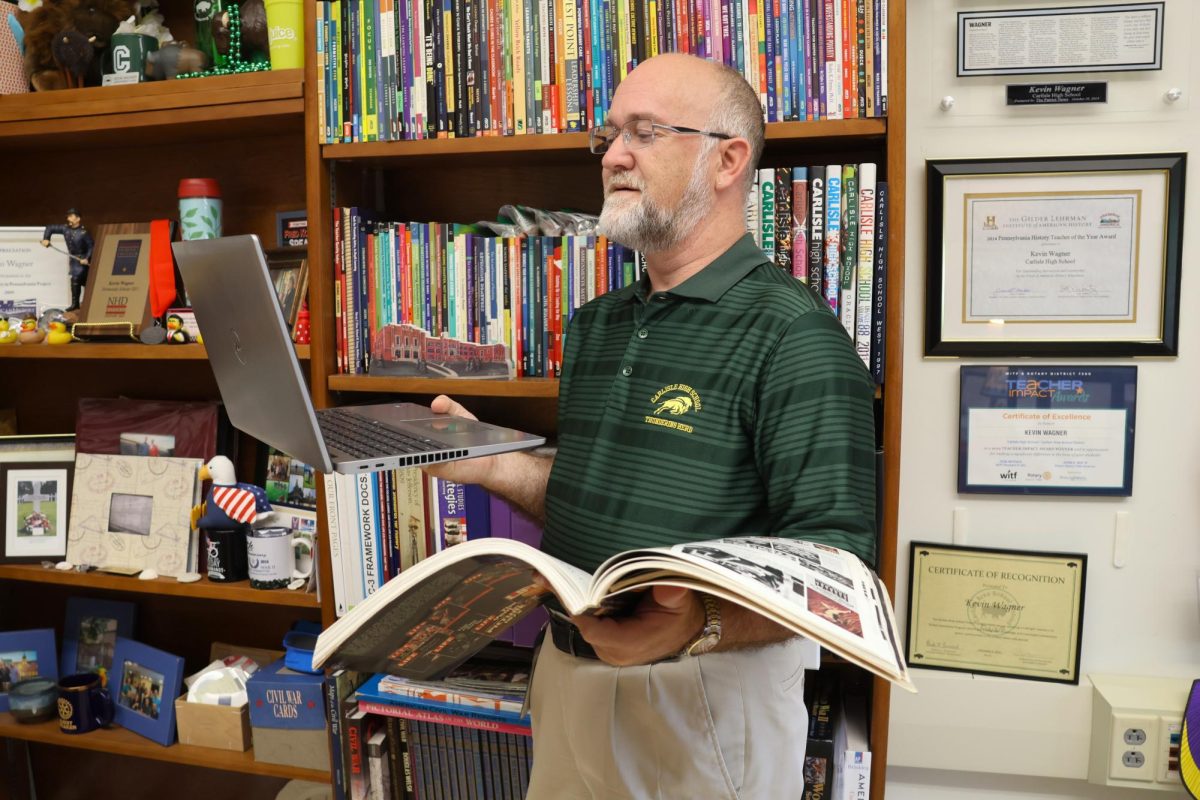
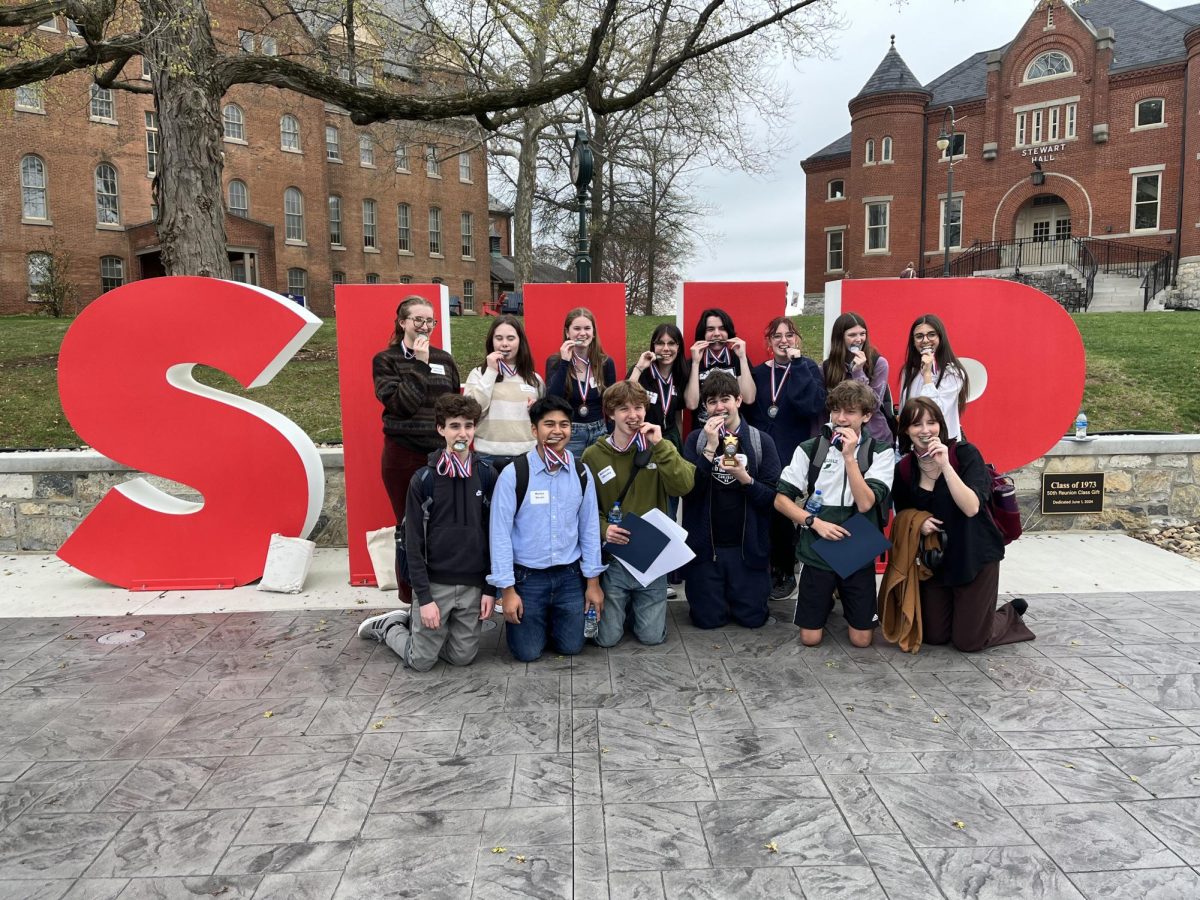
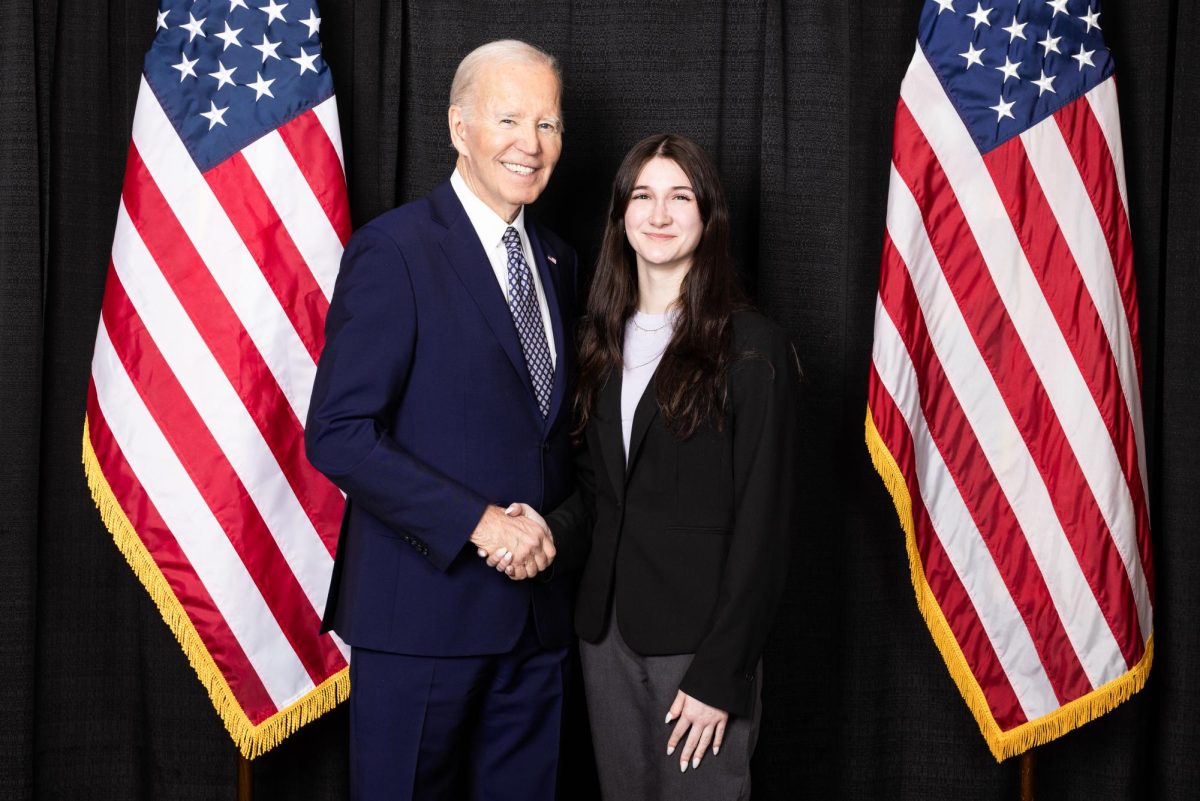

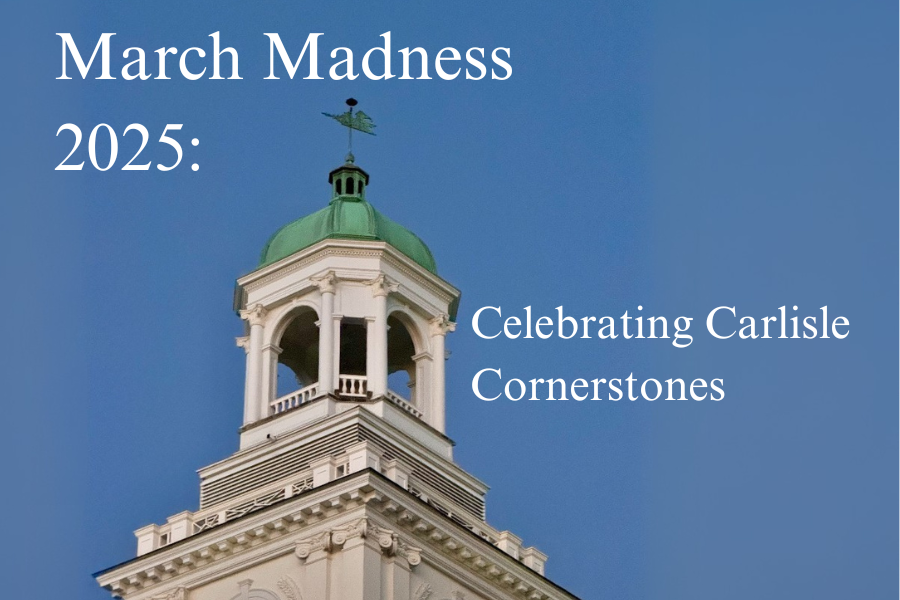
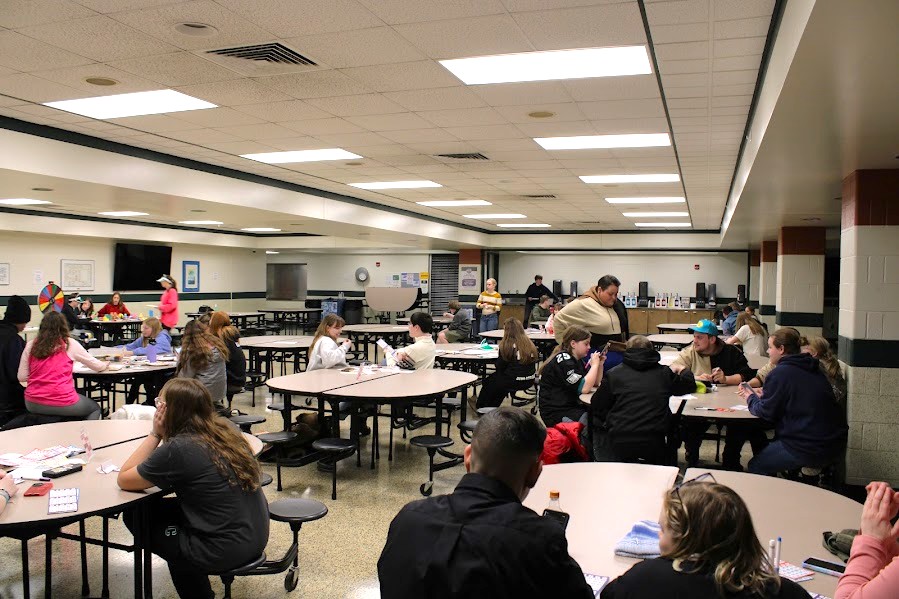


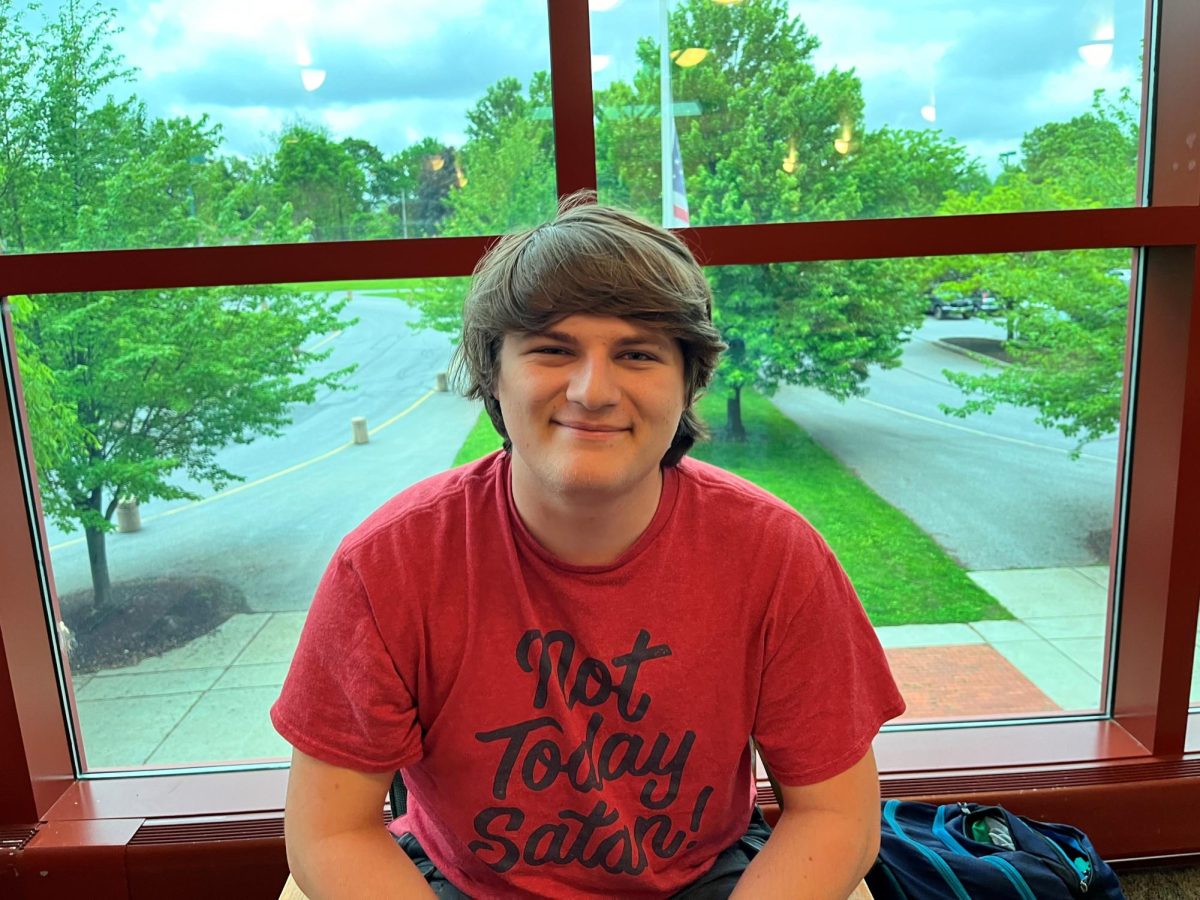
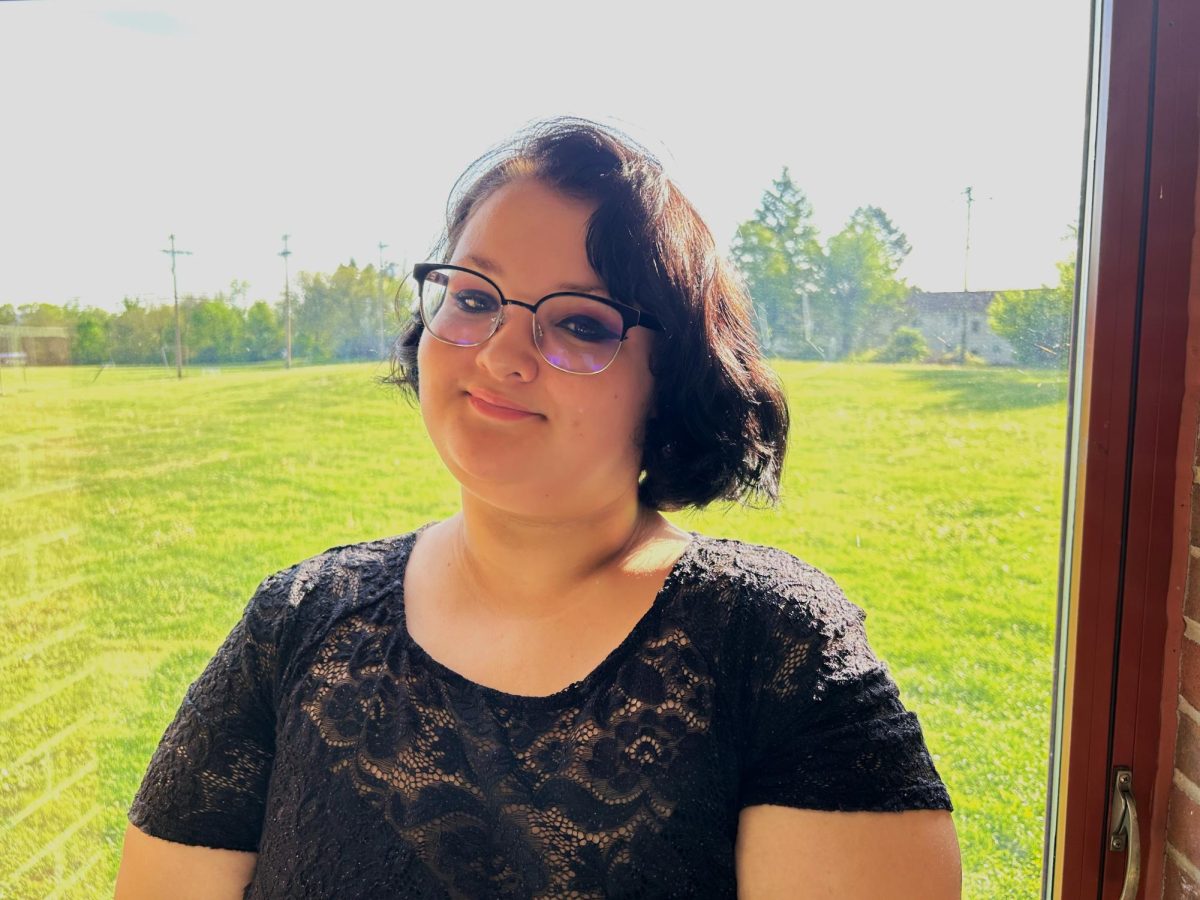

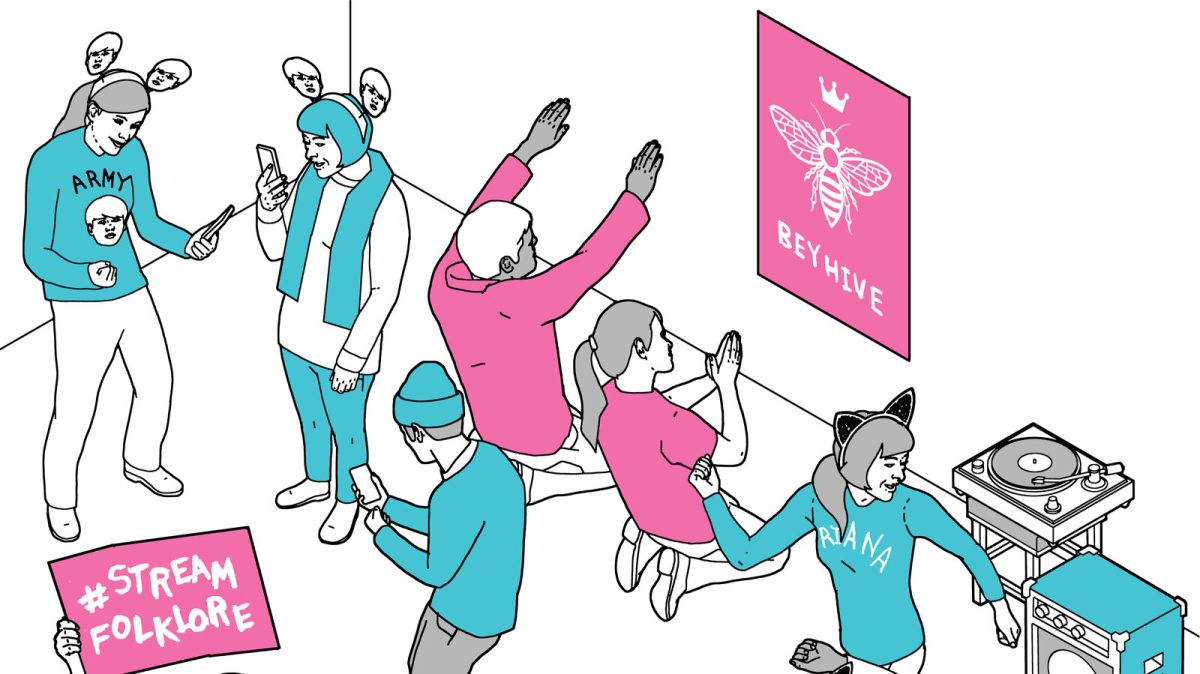
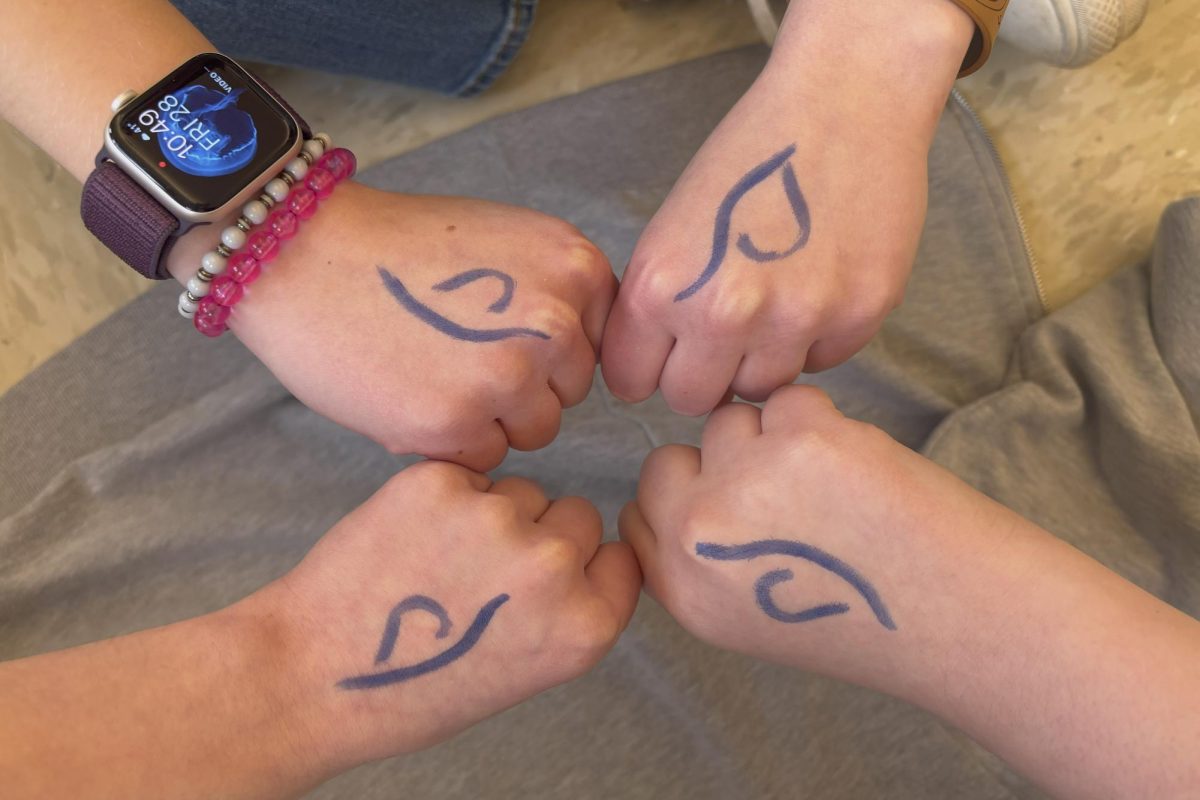

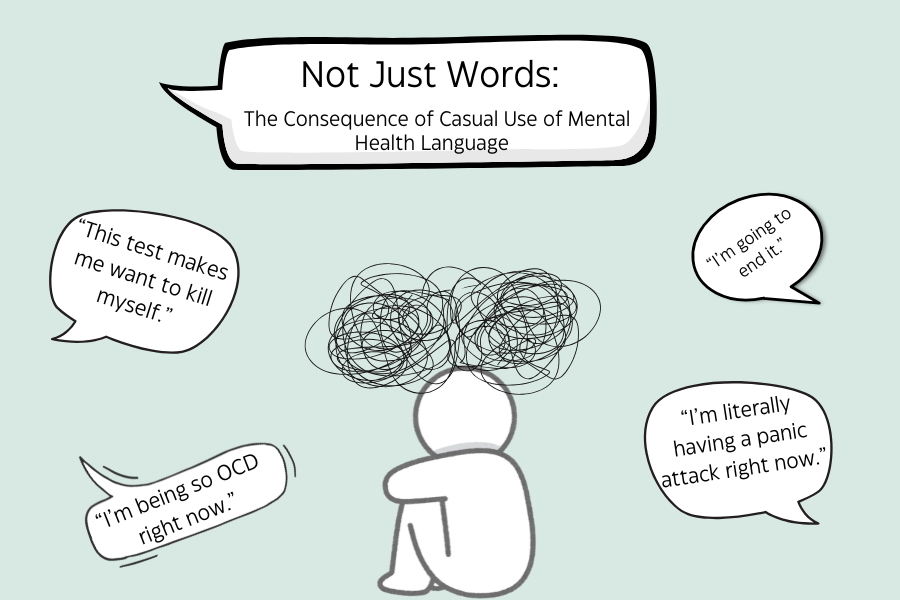
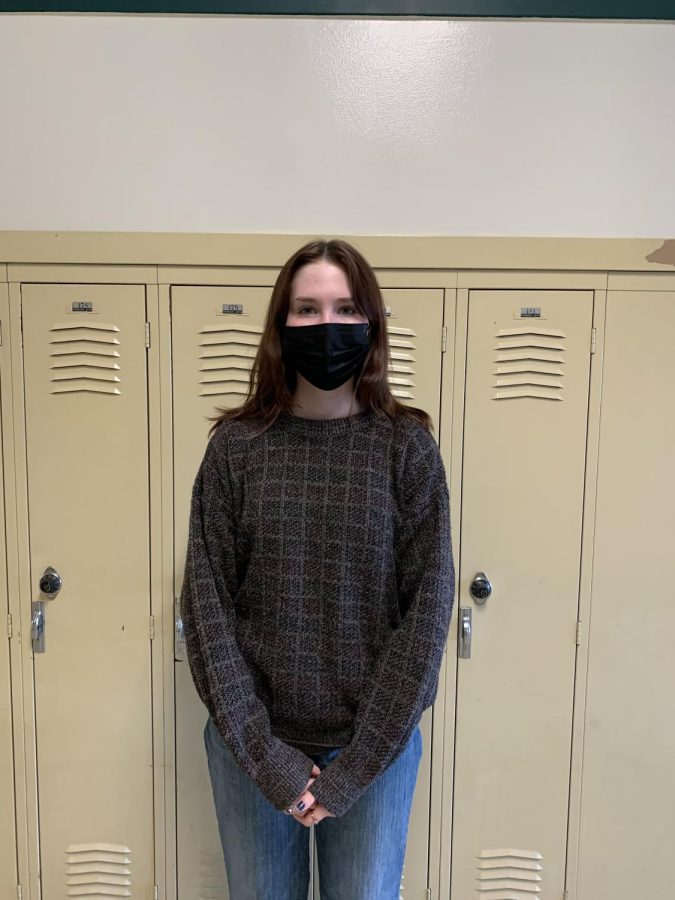
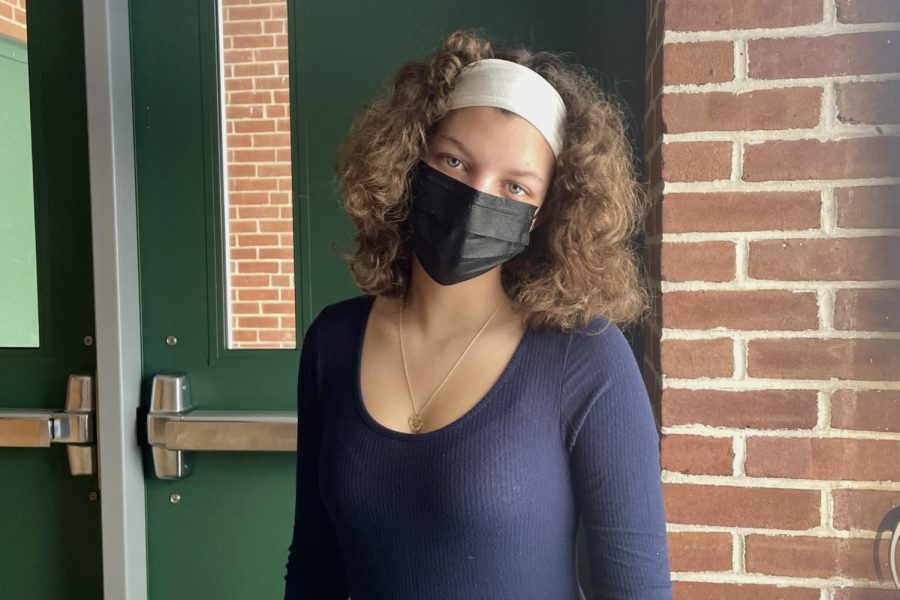
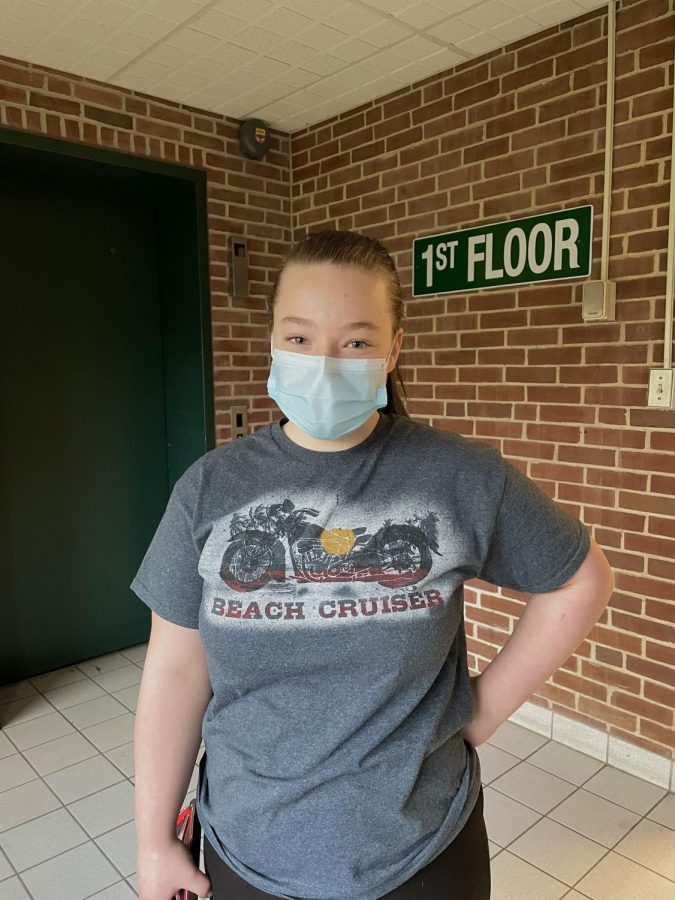






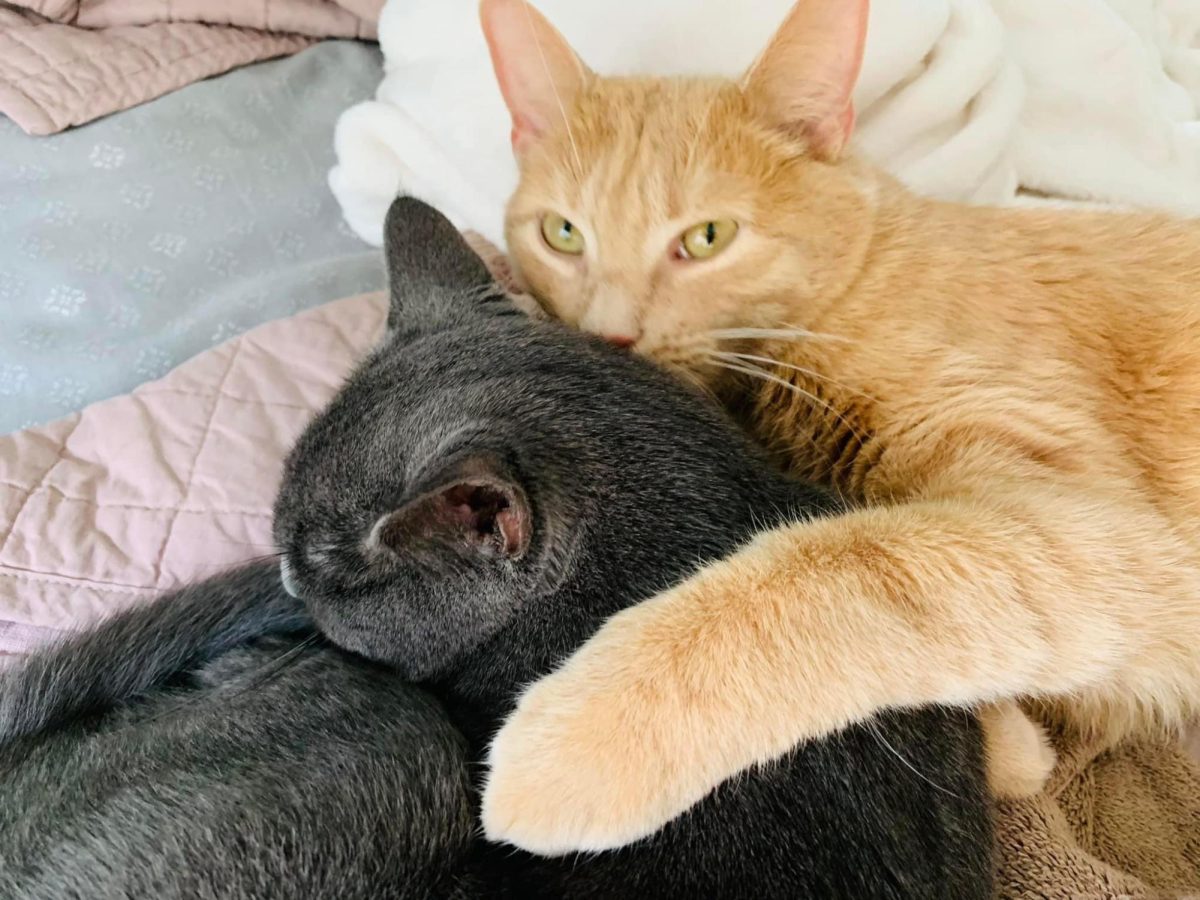


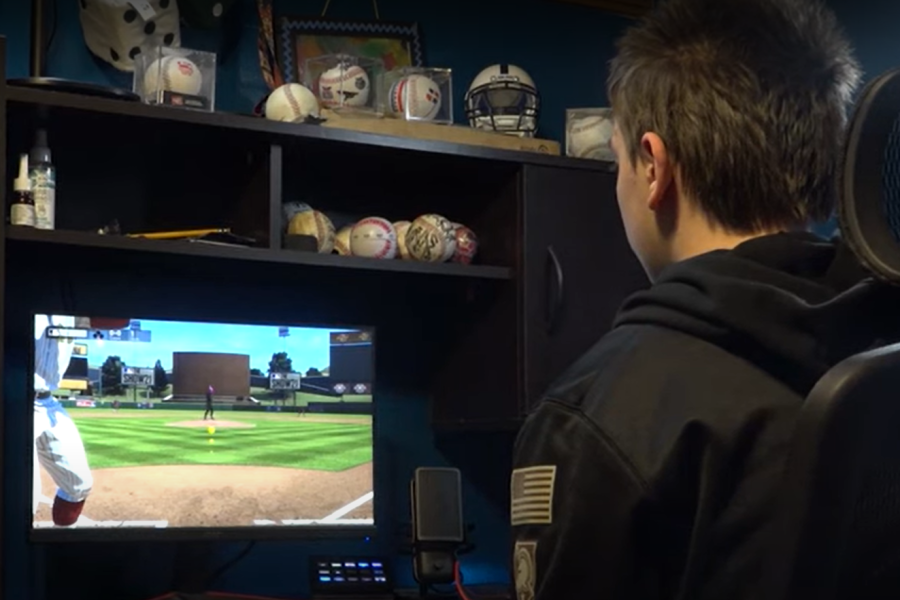



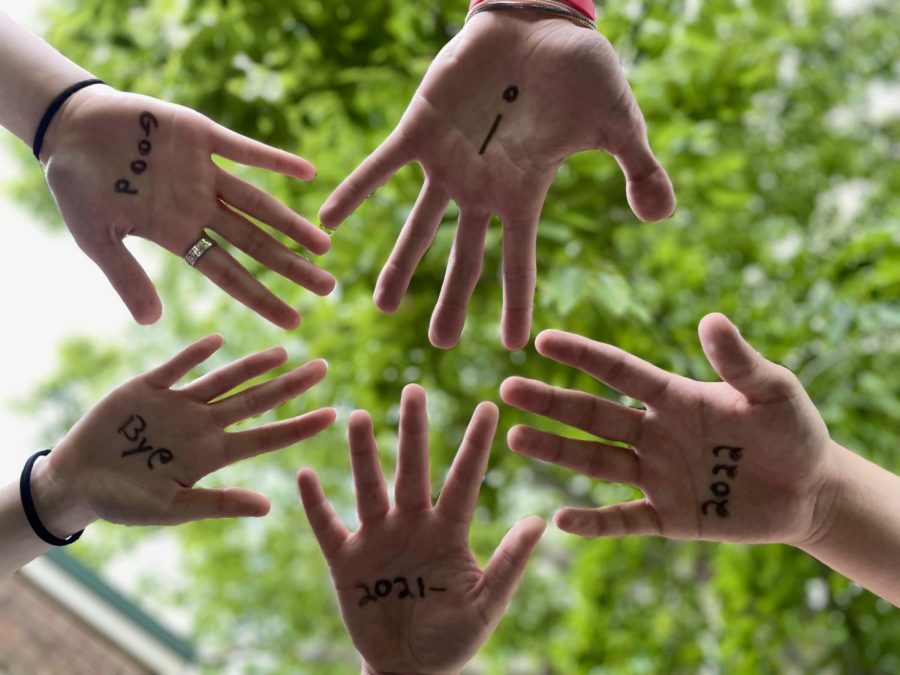




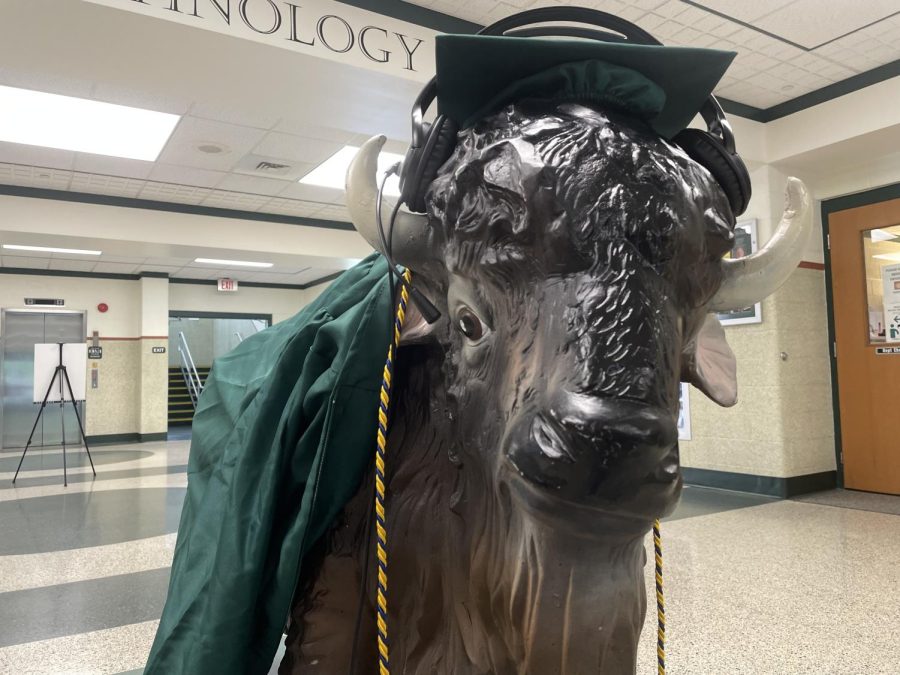

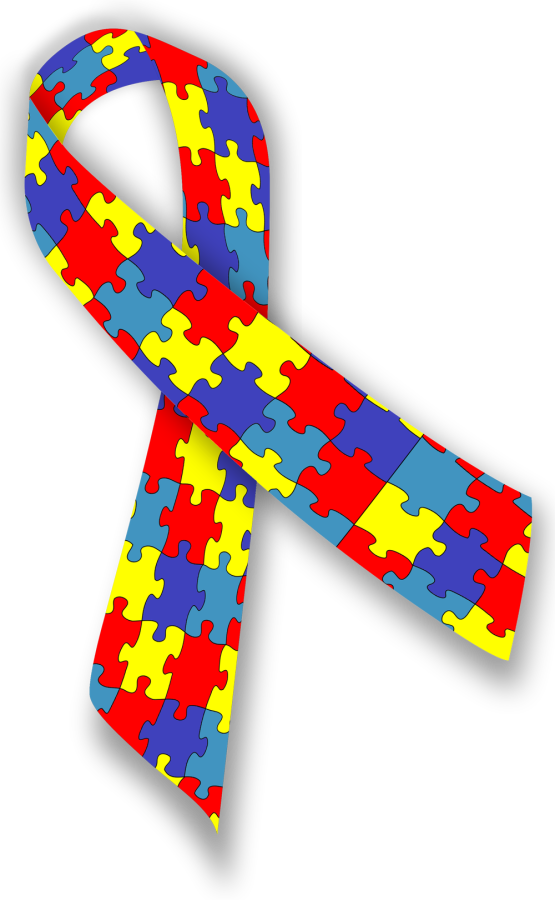
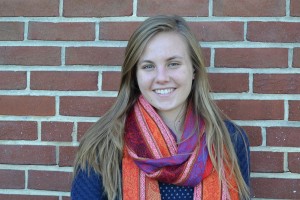
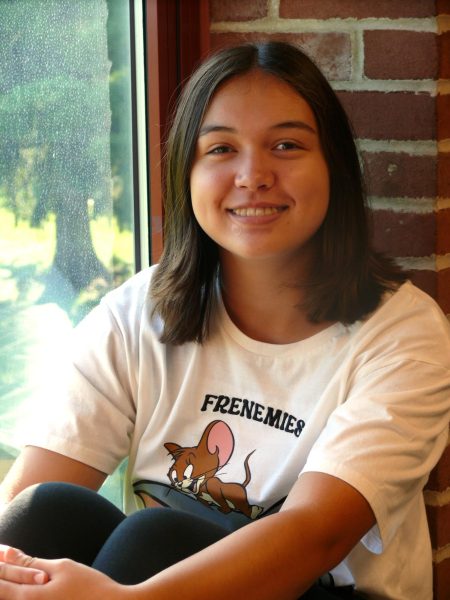
Rose Heflin • Oct 31, 2014 at 9:16 am
I agree that this is a very important issue that not everyone pays attention to. Each person with autism is different and should be thought of as any other student. I like this topic because I have a cousin who has autism and he is learning to talk and can hold a conversation; he is only 3.
Emma Hotra-Schubert • May 12, 2014 at 9:14 am
This is a super important issue that needs to be covered more because so many people fail to understand it. I’m glad to see an article that portrays Autism well.